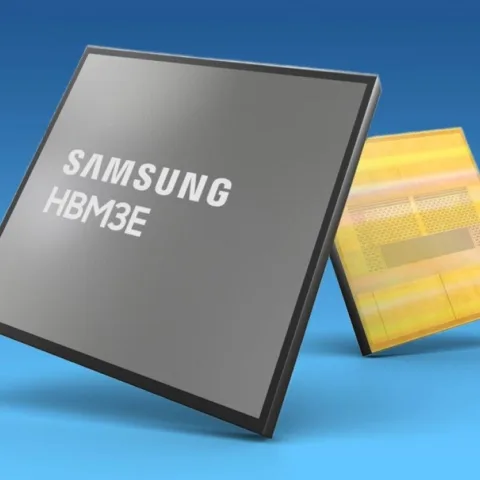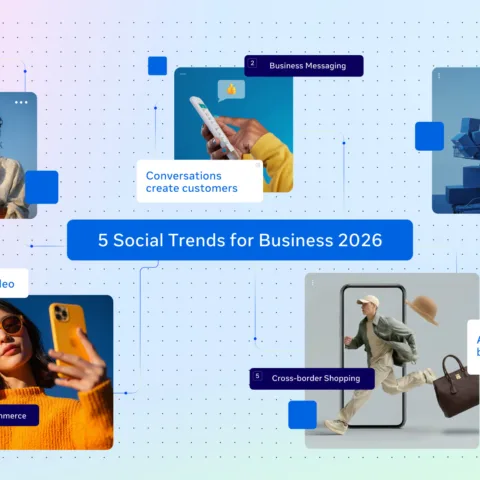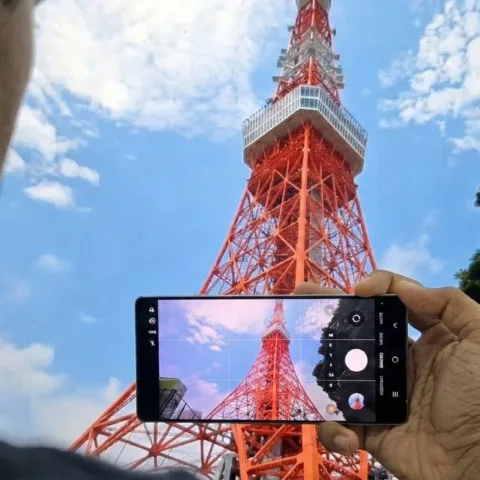 For many in Indonesia, the ringback tone is somewhat of a controversial issue; drawing the ire of many, and polarizing related industries into an almost “for-and-against” situation. But not too long ago, ringbacktones were the craze of the moment and the darling of the music industry (and remains the darling of the music industry, depending on who you ask). And not only the music industry – the soaring growth of the ringbacktone market was one of the first indications that Indonesia, as a digital content market, is simply different from other countries and plays by different rules.
For many in Indonesia, the ringback tone is somewhat of a controversial issue; drawing the ire of many, and polarizing related industries into an almost “for-and-against” situation. But not too long ago, ringbacktones were the craze of the moment and the darling of the music industry (and remains the darling of the music industry, depending on who you ask). And not only the music industry – the soaring growth of the ringbacktone market was one of the first indications that Indonesia, as a digital content market, is simply different from other countries and plays by different rules.
I have been writing about how music startups have actually been around in Indonesia for the past 6-7 years or so, and I felt it fitting to dedicate the last post in the series to discuss the ringback tone. Popularized in Korea to replace that boring connecting tone when you wait for the person on the other end to pick up your call, ringback tones (also known as ‘color ringback tones’, as they added ‘color’ to your ringback tone), the technology was imported into Indonesia in 2004 when both Indosat and Telkomsel started building their ringback tone services and offered them to the public later that year. The telecommunication companies approached the music labels to obtain attractive content for these services; negotiations took place, and business deals were agreed which were to define the business model for ringback tones across the industry.
The service struggled with adoption as many new services do – configuration tweaks, gradual rollout of hardware, and the large effort of educating the market began. Income rose steadily until music labels finally cracked how to best promote ringback tones at that time – by providing the download codes to be inserted together with the music videos. It was only then that the service jumped from early adopters to mass product status, and that was the start of the race to the top – of who could make the most money from ringback tones. The product heralded as the ‘savior of the music industry’ quickly changed from quirky technology application to venerable cash cow.
As like most new technology applications, the telcos and the music labels experimented to find the right combination of content, marketing strategy, technology solution, and pricing, and kept track on the user response on how various campaigns and strategies would work out. The ringback tone itself became not only a music product – although getting a lot of negative responses who would say ringback tones are not ‘real’ music, as they are basically low quality 30 second snippets – but became a lifestyle product.
Kids yearning for self-expression flocked to Friendster, Facebook, Twitter, blogs, and yes, putting a certain song as a ringback tone to convey a certain feeling or message; not unlike a status message you can set on instant messaging apps to show your state of emotion. At its peak, ringback tones were used by 10% of all mobile users in Indonesia – at the minimum, so around 10 million users, with an estimated value of Rp 30 billion (about USD 3.2 million) – per week. A tempting number for any industry.
Many of those content providers who sold premium SMS services, from astrology info to ringtones, tried to bank on the ringback tone gold rush – many even established their own music labels and artist management teams to ensure maximum profitability. A lot of musicians and bands surfaced to try to make it big on one song – many even only focusing on that precious 30 second hook that would get people to use it as a ringback tone.
The low audio quality and short duration requirements of a ringback tone, added with dropping costs needed to simply record a song, enabled literally hundreds of bands, musicians, and music labels to try to get into the ringback tone game. In essence, the amount of recorded music grew exponentially due to lower production costs, easier entrance into the market (thanks to the wide choice of music labels and content providers to choose from) and a customer base with an easy payment solution (through phone credits or phone bills). I’ve elaborated before on how ringback tone sales have shrunk overnight in October 2011, so I won’t reiterate.
A ringback tone was never a product for all kinds of music listeners, much like the vinyl might not be appreciated by everybody – every music product, including digital music services, will have a core niche that they will cater to. The trick is for the music industry to develop all these products and make sure it is reaching the proper, relevant market, and maintain a value chain of products available to various niches – from the digital product to the physical product. Also, if we are to solve the problem of the shifting market, where the behavior of users have totally changed, we should be prepared to see all possible music revenue sources – including ringback tones – as part of a larger ecosystem of music, and not just exploit the next technology that comes along with the same business patterns.
If ringback tones are actually music products that have shifted function to ‘self-expression’ products, then a function shift will definitely take place for other music products. Recognizing on how all the products and services interlock in place, especially digital music (or music delivered via digital methods, if you will), will define how the music industry will grow in the digital age. But there is one remaining unresolved problem – how outdated copyright principles might be holding back adaptation to the flexibility of digital media. But things are pointing in the right direction.









with the October Blackout, the industry have a challenge & should prove that RBT is a music products that everyone desire.. 🙂